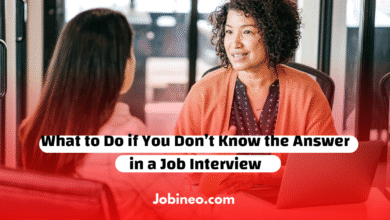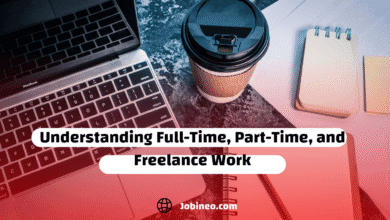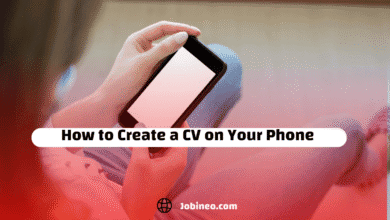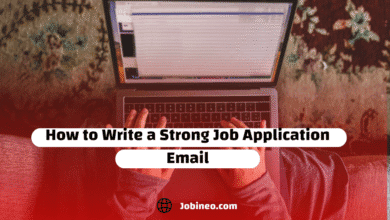The Hidden Psychology Behind Job Applications: Get Inside the Recruiter’s Head!
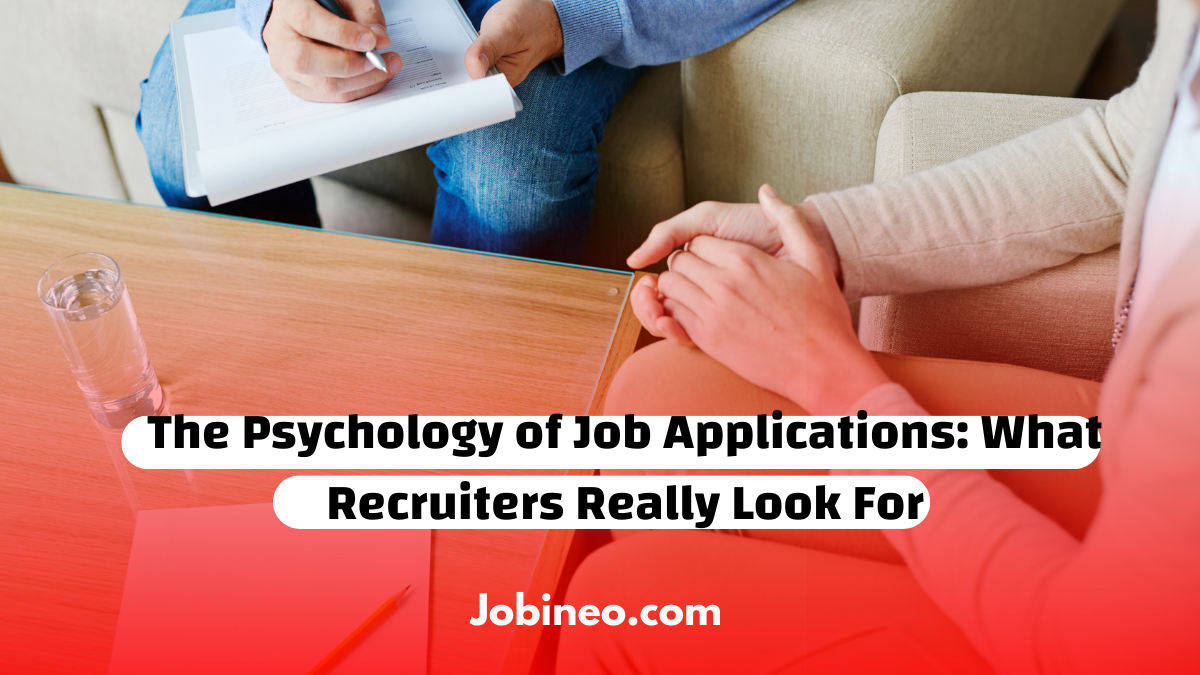
Have you ever sent out application after application only to hear nothing back? Not even a polite thank you. It’s frustrating. You fix your CV, double-check your email, maybe refresh your inbox far too many times. Still, silence.
Here’s the truth. Getting noticed goes beyond having a polished resume or a solid skillset. Recruiters are human. And like all of us, they make quick judgments influenced by subtle impressions. Once you understand how this works, you can shape your applications so they stand out instead of being ignored.
Recruiters Are Human, Not Machines
Picture a recruiter on a Monday morning. Their inbox is overflowing with applications. Realistically, they cannot read every CV in full detail. So they rely on quick scans and instinct.
That doesn’t mean they are careless. It means they use shortcuts to make fast decisions. Your job as a candidate is to guide those shortcuts in your favor.
First Impressions Matter
Recruiters tend to notice a few things almost immediately.
- Clarity. Is your CV clean, easy to read, and free of errors?
- Relevance. Do your skills clearly connect with the job description?
- Credibility. Does your tone feel professional and trustworthy?
If your application checks these boxes at first glance, you are already creating a strong opening impression.
Why Storytelling Works Better Than Lists
Responsibilities on a page rarely stick. Stories do. Instead of just saying you managed a team, describe how you guided people through a specific challenge and what came of it. Stories show results and make your experience memorable.
The Emotional Side of Hiring
Recruiters do not make decisions with logic alone. Emotions play a role too. That doesn’t mean being overly dramatic, but it does mean presenting your achievements in ways that spark trust and interest.
For example, instead of writing a dry list of tools you know, explain how you used them to solve a problem or improve a process. That simple shift makes your skills feel more real and valuable.
Speak Their Language
Applicant tracking systems and human recruiters alike respond well to language that mirrors the job description. It shows alignment. It’s not about stuffing in buzzwords. It’s about making it easy for the recruiter to see you in the role.
The Silent Questions Every Recruiter Asks
Behind every quick scan, recruiters are asking themselves three things:
- Can this person do the job?
- Will they fit in with the team?
- Can I trust them to deliver reliably?
Every line in your CV or cover letter should move them closer to a yes.
How to Strengthen Your Application
Before you hit send, pause and review.
- Does your opening line grab attention in a professional way?
- Have you shared at least one story that shows results?
- Do your skills feel grounded in real situations, not just listed?
- Is the layout easy to scan quickly?
- Did you reflect some of the employer’s own language naturally?
These small checks can make a big difference in how your application is received.
Connecting the Dots for Recruiters
Here’s the real secret. Recruiters don’t want to work hard to figure you out. Your job is to make the connections clear. Highlight what matters, show outcomes, and demonstrate that you understand the role. When you do that, you stop being just another applicant and become a candidate they can picture on their team.
Final Takeaway
Recruiters don’t only hire skills. They hire people who make them feel confident about their choice. By focusing on clarity, storytelling, and emotional intelligence, you give yourself a better chance of moving from the pile of resumes to the short list of people they want to meet.


